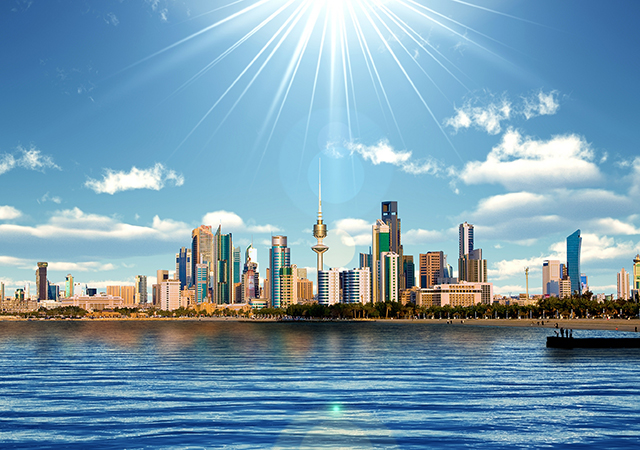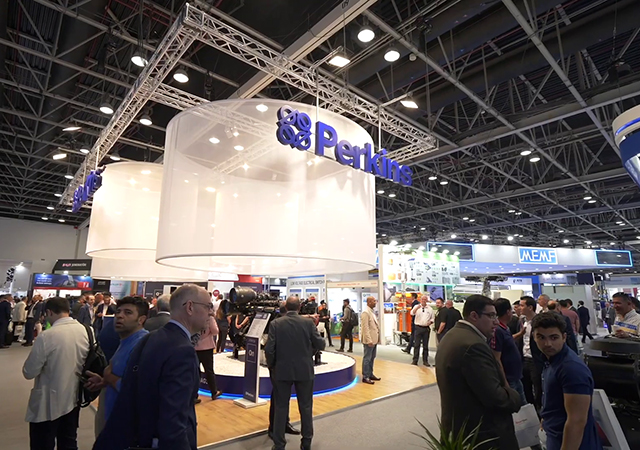
 A Saudi Aramco facility
A Saudi Aramco facility
Discussion over the impact on Saudi Arabia of depressed oil prices has never been as intense as now, twinged as it is with grim forebodings but also containing elements of hope that with drastic measures the kingdom can keep going fairly well until a recovery takes place in energy markets.
China, say observers, is developing its commercial and services sector with unprecedented vigour after a longlasting manufacturing focus which fetched it global markets and profits. However, as the commercial and services sector grows significantly, there will be a need for greater manufacturing to sustain spending in the malls and showrooms. That will bring China back to the old days of frenetic manufacturing and greater purchases of oil and metals.
As Saudi Arabia awaits a turnaround in its fortunes, its business leaders have been caught up in a reforms frenzy. Gone are the days when the kingdom could afford to be somewhat lackadaisical about broad basing the economy. Suddenly they contend the time for action is now.
“A wide range of decisions has been made to adopt progressive policies and implement procedures aimed at achieving wide structural economic reform,” said Abdullatif Al Othman, the governor and chairman of the Saudi Arabia General Investment Authority (Sagia).
He was referring to the establishment of the Council of Economic and Development Affairs, which is tasked with overseeing all economic issues, the reorganisation of the housing sector, the introduction of fees on undeveloped lands, and strengthening of the role of the private sector.
The kingdom is also looking at partial privatisation of some state assets, removing bureaucratic obstacles to foreign direct investment (FDI), and improving accountability and transparency in the public sector.
At $653 billion, the Saudi GDP is the largest in the Middle East but that figure is about $100 billion less than it was last year and even a slight slowing of the economy could be cause for concern. The country still depends on oil for about 80 per cent of budget revenue, and it represents 45 per cent of GDP, reason enough for shrill voices being raised for quicker economic diversification.
Some have been pointing out that income from non-oil revenues has increased 29 per cent over the course of last year but in the context of a badly hurting economy that’s not much and anyway too late. Greater ground needs to be covered at a quickened pace on the road to diversification.
Observers have also been saying that while progress has been made in the non-oil economy, diversification has occurred mainly in the petrochemicals and minerals sector. The petrochemicals market is heavily influenced by oil and the minerals market by manufacturing, and when both oil and manufacturing tumble the consequences are dreary.
The Saudi government has removed some subsidies but the additional income does not make up for the heavy loss of income from the slide in oil prices. Saudi businessmen have been talking of postponements or cancellations of contracts, although some crucial ones such as airport and rail infrastructure will be implemented because of their sheer importance.
THE MANPOWER ANGLE
 |
|
Saudi Iron and Steel Company (Hadeed)’s plant in Jubail |
One way to equip the economy to help it advance in different directions is developing work skills and the entrepreneurial spirit. General Electric is showing the way. The US giant, which has won billions of dollars’ worth of Saudi contracts over the years, has also invested in facilities that will manufacture some of its local project requirements. In a recent $1 billion deal it won to set up a combined cycle power plant at Waad Al Shamal in the north, GE will use a gas turbine assembled fully at its manufacturing technology centre in Dammam. The Saudi staff is also receiving training to shoulder responsibilities in the sophisticated power field.
Emerson Process Control has also invested in facilities in the kingdom. It recently started construction of its technology development centre and project support facility in Dhahran Technology Valley. The new centre will complement its manufacturing capabilities in Jubail.
According to the Minister of Labour, the number of Saudis working in the private sector reached 1.7 million in 2015, double the number in 2011. An encouraging development but the bureaucracy is still said to be fat with locals and could do well with some trimming. The surplus needs to enter private businesses where they could gain from the private sector work culture and perhaps be encouraged to step out and initiate ventures of their own. Riyadh has pledged to support entrepreneurship and SME start-ups.
THE FDI ROUTE
Saudis are looking more closely at tapping the foreign direct investment potential. Year 2009 was a good one for FDI inflows when some $40 billion came into the kingdom. But that figure has not been matched since and in 2014 just $8 billion was realised, which is making officials rethink their approach on investments. Sagia’s chief Al Othman is working on the problem and is eager to streamline government procedures and identify what potential investors are really seeking so Sagia can address their requirements.
Over the years, the kingdom has created industrial hubs, including ones under the Royal Commission at Jubail and Yanbu. But one of the more recent ones, King Abdullah Economic City (KAEC), is clearly the new star on the industrial firmament.
KAEC’s industrial zone had 120 tenants at the end of 2015 after enrolling 23 new ones that year. So far, KAEC has had some high-profile players setting up ventures including the French pharmaceutical maker Sanofi and US battery maker Johnson Controls.
A new investor at KAEC is the Indian pharmaceuticals manufacturer Aurobindo which has leased land in the Industrial Valley to build its first manufacturing facility in Saudi Arabia.
“This partnership is yet another indicator that KAEC is moving forward with its strategic goals and future vision,” said Fahd Al Rasheed, managing director and CEO of KAEC.
“(KAEC) has been extremely successful in attracting capital investment from local and international companies that know it is the ideal place to invest in across the region, thanks to a superior quality of life and world-class public services,” he added.
Aurobindo has more than 20 manufacturing facilities with several partnerships in India, Europe, the US, and Brazil.
Also recently KAEC signed a contract with Binzagr Company (BZC), a major distribution company, which is booking a large plot at the Industrial Valley Phase 3 to construct a logistics base. BZC owns and represents more than 55 major commercial brands including ones in FMCGs, beverages, automotive tyres and personal and homecare products.
Elsewhere, Saudi Arabia is considering setting up a maritime complex to manufacture and repair offshore rigs, commercial vessels and offshore service craft. An MoU was signed by UAE-based Lamprell’s subsidiary Lamprell Energy Ltd with Saudi Aramco, the National Shipping Company of Saudi Arabia (Bahri) and South Korea’s Hyundai Heavy industries to pursue that interest.
Only the other day, majority state-owned Saudi Arabian Mining Company commenced copper production at a mine near Madinah in association with Canada’s Gold Corp Needless to say, Sagia was very happy with the development.
















